Overclocking
Starting with our Threadripper 2950X, the board was happy to sit at 4.25GHz with our usual vcore of 1.425V, with scope for reducing this depending on just how you end up in the silicon lottery. This is 50MHz faster than the MSI board, too, and even here the VRM fans didn't spin up thanks to the sensors staying below 60°C. We managed to lower voltage to 1.4V, but below this resulted in some stability issues in our longer multi-threaded benchmarks, while the Gigabyte board seemed happy at 1.375V at the same frequency. The 32-core Threadripper 2990WX reached 4.1GHz using 1.4V, and this was the only configuration that saw the VRM fans spin up.
Performance Analysis
The audio performance was exemplary, and you simply won't find a better-performing onboard audio solution with noise and dynamic range measured at -114.4dBA and 114.3dBA respectively and a THD of 0.0017 - all chart-topping results. There were no issues to report with the storage benchmarks, and all of the eight SATA 6Gbps ports are powered by the X399 chipset, so there's no need to watch where you connect SATA SSDs.
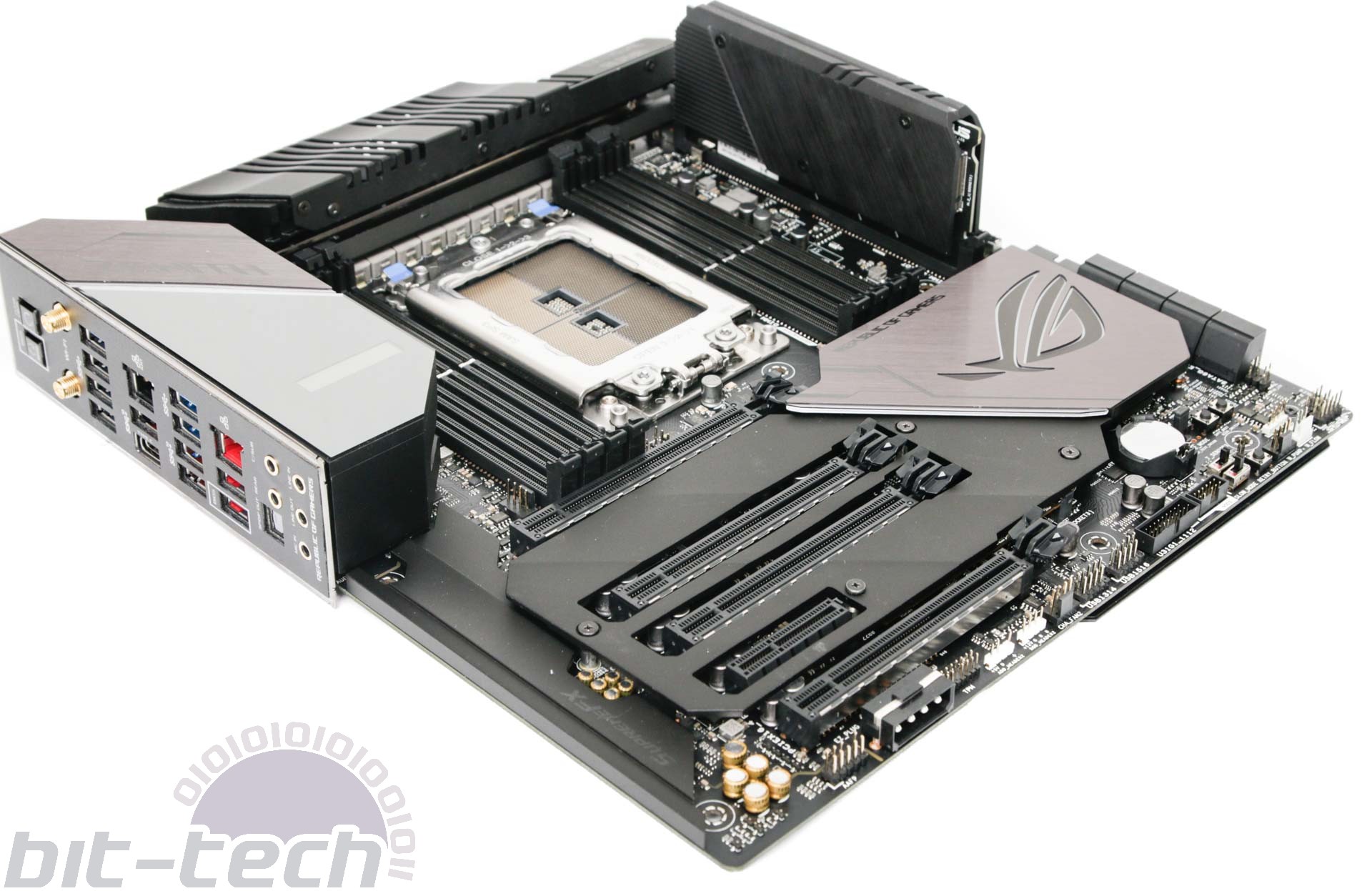
As per usual, there wasn't much difference between the boards in our game and content creation benchmarks, although the MSI MEG X399 Creation was a little quicker in Cinebench R15. Unshackling the Gigabyte X399 Aorus Xtreme's Precision Boost Overdrive limits also saw it perform better than the Asus board at stock speed, but the two boards performed similarly without tweaking anything other than the XMP profile. Power consumption isn't really owned by any particular board; at idle the MSI MEG X399 Creation offered the lowest numbers while when loaded the Asus board offered a lower stock-speed result than the MSI board and a lower overclocked result compared to the Gigabyte board, sitting at 564W.
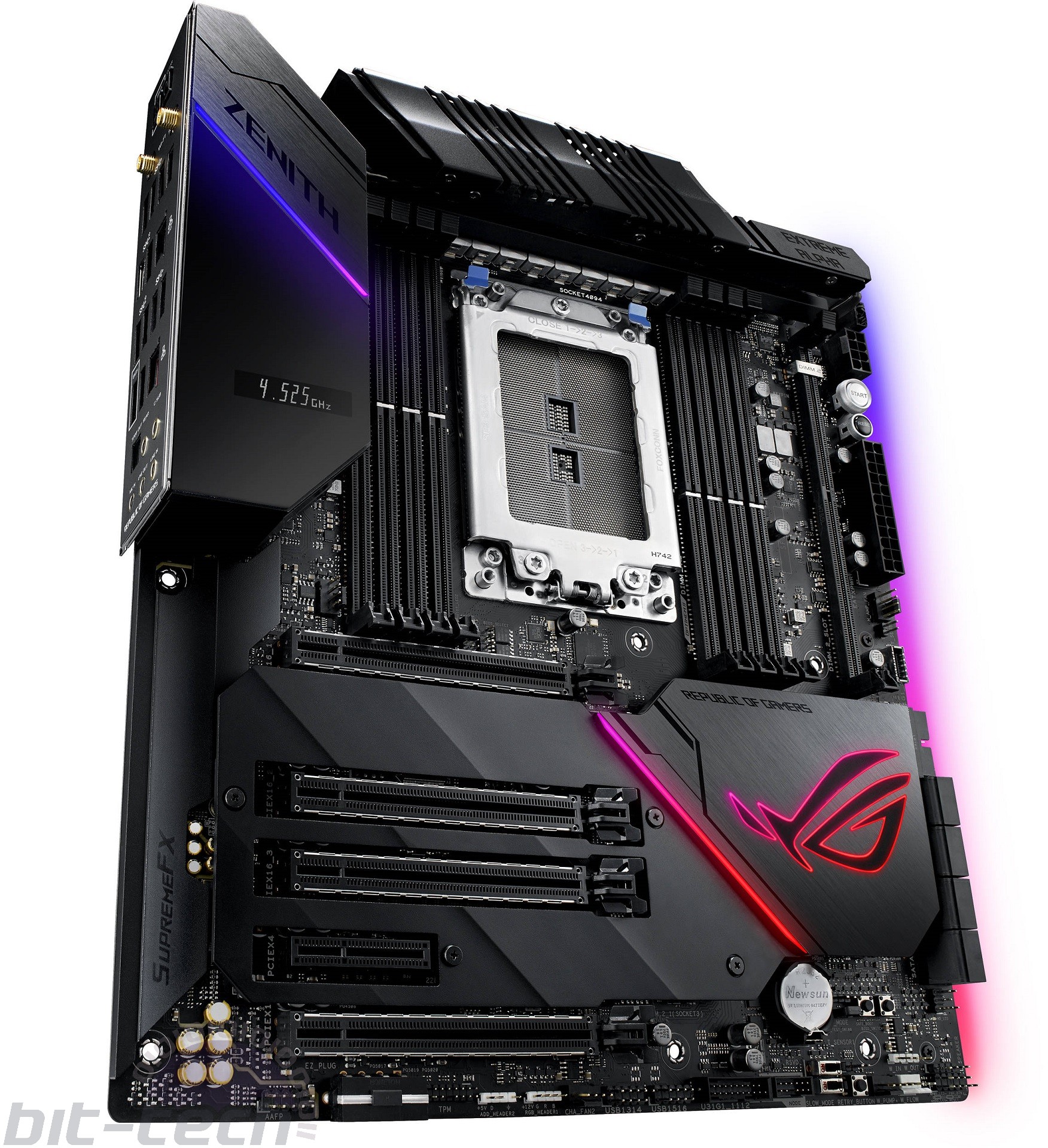
Conclusion
In terms of performance, the Asus ROG Zenith Extreme Alpha is certainly more consistent than the Gigabyte board, at least when we tested it a while back, and overall we consider it on par with the excellent MSI MEG X399 Creation. This means that Asus has done what was needed here and made the new Zenith board a force to be reckoned with amongst the competition. Out of the box the MSI board has a better storage arrangement with more M.2 ports, plus it has 10 fan headers as standard meaning that despite Asus' inclusion of the fan-expansion card it still doesn't offer much more here than the MSI board overall. The same isn't true for the RGB lighting, though, where Asus rules supreme, plus you get 10 Gigabit Ethernet too. As a result, we can't say one is substantially better than the other - it will likely come down to personal choice. With a £50 lower price, the MSI board is perhaps better value, but we can see plenty of reasons why you'd still want the Asus ROG Zenith Extreme Alpha to sit at the heart of your Threadripper system.


MSI MPG Velox 100R Chassis Review
October 14 2021 | 15:04

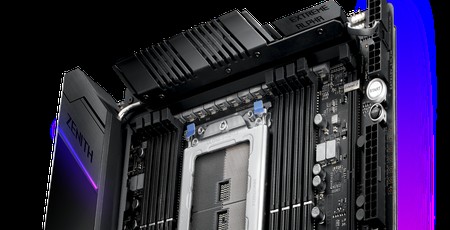
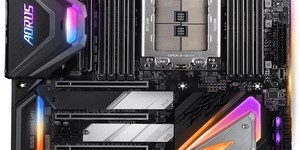
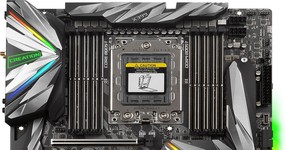
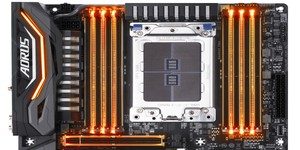




Want to comment? Please log in.